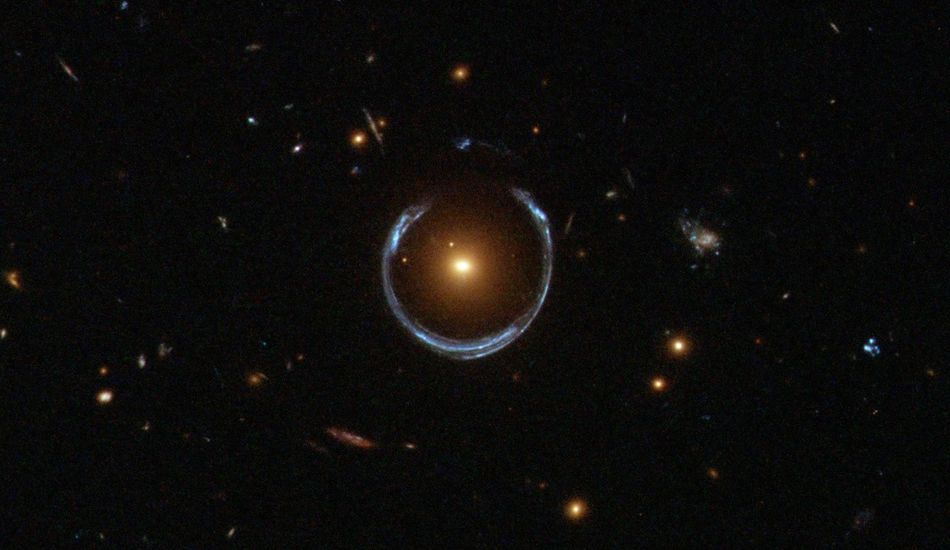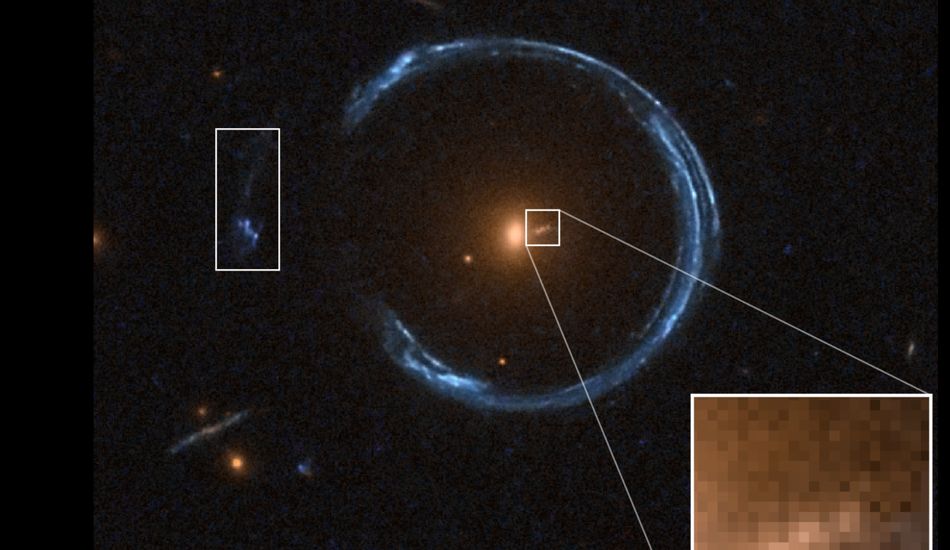
Monster Black Hole Discovered Pushes the Limits of Cosmic Size
Scientists have just announced the discovery of a truly massive black hole, one that's making them rethink some of their existing models. Located within a supermassive galaxy dubbed the Cosmic Horseshoe, about 5 billion light-years away, this behemoth boasts a mass 36 billion times that of our Sun! To give you some perspective, that's about 10,000 times heavier than the black hole chilling at the center of our own Milky Way.
It's almost at the theoretical limit! Current models suggest black holes can't exceed 40 to 50 billion times the Sun's mass, so this one is cutting it close. What I find particularly fascinating is how they even spotted something so incredibly distant and, well, dark.
How They Found It
The Cosmic Horseshoe is so massive that it actually warps spacetime. This creates a gravitational lens, bending light from galaxies behind it into a horseshoe shape – an Einstein Ring. Think of it like a giant magnifying glass in space. This effect, combined with data from powerful telescopes like the Very Large Telescope and the Hubble Space Telescope, allowed astronomers to identify the black hole.
Gravitational lensing is an amazing technique. It allowed them to find this 'dormant' black hole just by observing its immense gravitational pull on its surroundings. It didn't require seeing the usual signs, such as stars whirling around it at incredible speeds.
One of the most interesting aspects of the Cosmic Horseshoe galaxy is that it's a "fossil group." These systems form from galaxy mergers. If the theory holds, all the supermassive black holes that were in the original companion galaxies have merged together.
Discoveries like this remind us just how much we still have to learn about the universe. It’s really exciting to think about what else is out there waiting to be found! As technology improves, discoveries of this magnitude will become more common.
1 Image of Black Hole:


Source: Gizmodo